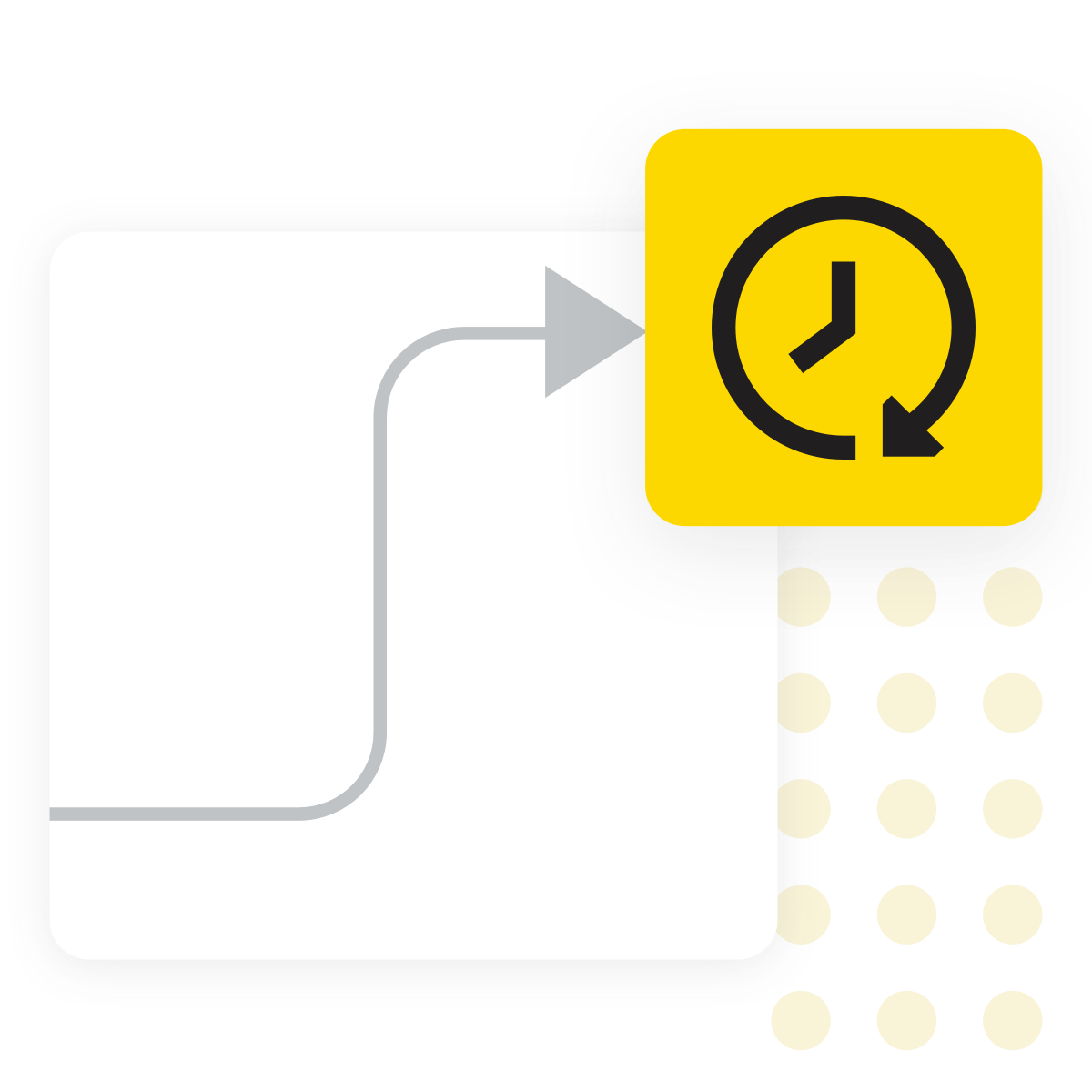AB Testing with KNIME
A/B testing helps compare different variants, such as website designs or marketing messages, to see which performs better. With KNIME, you can combine customer interaction data, apply statistical tests like ANOVA to check for significant differences, and visualize results in reports or Data Apps. This makes it easier to base decisions on evidence rather than intuition—improving conversion rates, optimizing marketing strategies, and driving measurable business growth.
KNIME Workflow Example for AB Testing
This A/B Testing example workflow provides a structured approach to statistically compare group performance and understand user behavior across variants. It includes:
- Import data from CSV, Excel, or Google Analytics, convert categorical variables for analysis, and remove irrelevant columns.
- Apply one-way ANOVA to compare landing page versions and two-way ANOVA to assess Campaign Type, Gender, and their interaction. Generate summary statistics and run Tukey HSD post-hoc tests to identify group differences.
- Collect outputs such as F-values and p-values, organize results into summary tables, and visualize group-level differences with Table View and R View nodes using bar and scatter plots.
Why use KNIME for AB Testing

Why does it matter?
Accurate A/B testing helps validate which variant performs best, reduce reliance on guesswork, and improve customer engagement—supporting more effective marketing and higher conversion rates.

Typical challenges
- Disconnected data sources (web analytics, CRM, marketing platforms)
- Difficulty ensuring statistically valid test design and sample sizes
- Limited visibility into test interactions or external influencing factors
- Manual analysis is prone to bias, misinterpretation, or delays

Benefits of using KNIME
- Connect web, campaign, and customer data from platforms like Google Analytics, CRM systems, databases, and spreadsheets
- Apply visual workflows to design A/B tests, run ANOVA, or other statistical tests
- Build interactive components to select test factors, visualize group differences, and share results in Data Apps
- Ensure reproducibility, auditability, and collaboration through KNIME’s transparent, modular workflow environment
How to use KNIME for AB Testing

Data Access and Preparation
Read data from CSV files, Excel files, Google Analytics, etc. For the One-way ANOVA, convert the landing page information from categorical to numeric. For the Two-way ANOVA, convert both CampaignType and Gender attributes into factor variables suitable for statistical analysis. Irrelevant columns are filtered out.

Feature Engineering and Modeling
In a one-way ANOVA, you evaluate whether different landing page versions result in statistically significant differences in conversion rates. The two-way ANOVA expands this by analyzing the effects of both Campaign Type and Gender, including their interaction, on time spent on site. Summary statistics—such as mean, standard deviation, count, and standard error—are calculated for each group. A Tukey HSD post-hoc test helps identify which specific group combinations differ.

Computation of Error Statistics and Visualization
For both one-way and two-way ANOVA, statistical outputs such as Sum of Squares, Degrees of Freedom, Mean Square, F-values, and p-values are collected. In the two-way case, results are organized into an extended summary table that includes post-hoc groupings to support clearer interpretation. Results are visualized directly within the workflow, using Table View for one-way ANOVA and R View nodes for two-way ANOVA, through bar and scatter plots that highlight behavioral differences across user groups.
How to Get Started
Additional Resources
Collection page: Machine Learning and Marketing
A set of example workflows of common data science problems in Marketing Analytics.
Scoring Metrics: Evaluating Machine Learning Models
An overview of scoring metrics to evaluate models.
FAQ
One-way ANOVA compares the effect of a single factor on an outcome, while two-way ANOVA evaluates the impact of two factors and their interaction on a dependent variable, such as time spent on a site.
Yes. KNIME connects to a wide range of sources, including CSV, Excel, Google Analytics, CRM systems, databases, and cloud platforms—making it easy to bring test data into one workflow.
Not necessarily. KNIME provides ANOVA nodes with guided configuration.
Yes, you can automate workflows via one of these plans on KNIME Hub. Workflows can be scheduled to run automatically on updated datasets, export results to dashboards, or integrate with marketing platforms for continuous experimentation and reporting.
Absolutely—use built‑in visualization nodes or R View integrations to create means plots, boxplots, and ANOVA summaries for easy interpretation.

